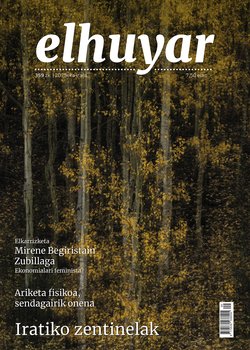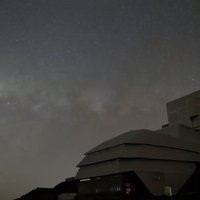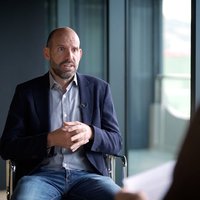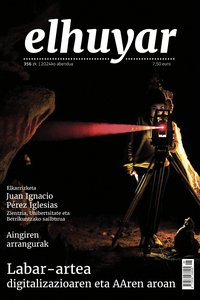Measures to reduce the emission of polluting particles
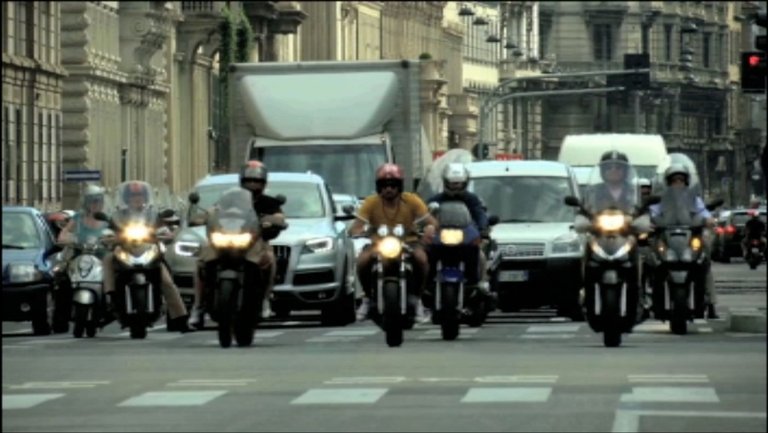
If you look at air quality, a diesel and a cock have one thing in common: they emit fine particles into the air. That is, very small particles composed of organic compounds or heavy metals.
Marina Camatini,
Polar Research Centre, Milan, Italy
Fine particles enter the lungs during breathing. As they travel through the air, these particles enter the interior of the lung, the epithelium of the lungs.
Off
Pollution affects the human body. Fine particles can cause irritations, respiratory problems, and cardiovascular disease.
Alberto Pesci,
San Gerardo Hospital, Monza, Italy
Chronic diseases such as asthma and chronic bronchitis may increase. According to some data, the cases in the lungs also increase. The heart is the other victim, along with all the veins.
Off Let’s
take a look at the cars registered in Italy. Milan is a highly polluted city. One of the reasons is the cars that circulate in the urban area and the roads that surround it, while the other is geography. Milan and all of Lombardy are located in a basin. This means that traffic jams and smog are daily. Therefore, the link between air quality and vehicles is obvious.
Off
Since 2008, more than 1,000,000 diesel vehicles have been banned in Lombardy. They are the diesel of the previous generation, with a more polluting engine. For six months, between October and April, they are prevented from walking during the week.
Maurizio Gualtieri, University
of Milan Diesel
engines of the previous generation, such as the Euro 0,1, and 2, produce many fine particles per kilometer. The development of diesel engines and the development of fine particle removal technology, such as DPF and particle filters, have led to a decrease in the amount of fine particles released in Euro 4 and EURO 5 engines.
Off The
installation of filters for diesel particles is one of the recommendations of the Lombardy government to increase the environmental efficiency of vehicles. Not only for cars, but also for public transport. Here at the Milan bus station, mechanics replace old exhaust pipes with new ones, including particulate filters. there will be over 2,000 buses.
Gian Luca to Gurrie
Government of Lombardy In
the case of buses, it is important to be able to install particle filters. In fact, buses are expensive and pollute a lot, while filters are cheap.
Off Under
the influence of the Lombard government, drivers have started to use cleaner fuels. at some 130 gas stations there are methane pumpkins, and at another 400 there is liquefied petroleum gas, known as LPG.
A
new fuel composed of methane and hydrogen has also been tested in the last two years.
Martino Palermo
Fuel
Dispenser Conventional fuels release suspended particulates, nitrogen oxide, and carbon dioxide. These three are the main pollutants in combustion engines. With methane and liquefied gas, the particles practically disappear, the CO2 is reduced by 30%, and the nitrogen oxide is reduced by 10%.
On the Off
The city center of Milan, time of the peak, a few meters from the historic center of the city. However, tranquility reigns. These road signs are somehow the reason for this relief. For vehicles using conventional fuel, a fee of 5 euros must be paid to enter Zone C.
Bruno Vilavecchia, Mobility
Milan, Italy is a
system based on 43 electronic doors located on the access routes to Milan. The cameras on the doors read the license plate of the vehicles. If it is not paid, the drivers will be fined through an archival system.
Off As
a result, there are few fine particles in the air of Milan. Children, pregnant women and the elderly suffer the most from diseases related to fine particles. Now they are calmer. There were 130,000 vehicles in this area every day, now 80,000.
From the Netherlands. The green dominates here and the landscape is idyllic. However, air quality is a source of concern here, a small country where 17 million people live side by side with one and a half million cows, 12 million pigs, and 100 million chickens.
Off
Here they breed chickens. Agriculture and animal husbandry in Heriment are the main emitters of fine particles, together with transport and industry. This is why it is important to keep the particles inside the building. In this case, we obtain it by ionization: these cables carry a current of 30,000 volts, which attract the particles as if it were a magnet.
Twan Colbers, Farmer,
Kessel, Low Countries Now
in the stable there is almost no dust, because the chicks only have five days. Since we've just cleaned and rearranged the tiles, there's almost no dust, just a millimeter of dust on the walls.
Off
Farms are getting bigger. Livestock buildings are large and new infrastructures are constantly being added. The pig farm. As the cattle’s feces dissolve, they release ammonia, contaminating the surrounding fields and causing excessive algae formation. The gas is also harmful to humans.
We have obtained
the best results with
Karin Groenenstein, UR Pecuarias
from Wageningen, the Low Ammonia Countries. we've gone down from 300 kilotons in the '90s to 100 kilotons. That was our greatest success.
Off
This large, black structure can greatly reduce ammonia emissions. It's an air cleaner. The air from the building where the livestock are located is passed through this filter. The results are spectacular: ammonia concentration decreases by 85%, malodors by 77% and fine particles by 75%.
John Houben, Director,
Inter Continental, Ysselsteyn, the Lower Countries We want to
reuse the air in the future. That means we have to clean up everything that comes out. We need to readjust the air and put it in the toilet. What is emitted into the atmosphere in this way does not contain viruses or bacteria. Thus, avian influenza or similar diseases cannot be spread. This is a great advantage for humans, it will not be affected.
Off Even
in this experimental farm, they are thinking about the future. They are working with pork manure for a variety of purposes: reducing pollutant emissions, improving air quality, and offering commercial solutions to farmers.
We're testing
Daan Somers, Innovation Manager at the Pigs Centre, Sterksel,
the Lower Manure Lands. These are systems that we put in the pit to join and separate the manure. The manure can be cooled and ammonia emissions can be reduced. We're testing the manure tapes on this block. They're in the pit. The manure is removed before the ammonia emissions occur.
Voice on Off If
too much manure occurs, the problem is also being tested by the control system. Thanks to this GPS-based, the truck will appear before too much manure accumulates. They are an example of how new technologies are being developed to monitor air quality.
Buletina
Bidali zure helbide elektronikoa eta jaso asteroko buletina zure sarrera-ontzian


